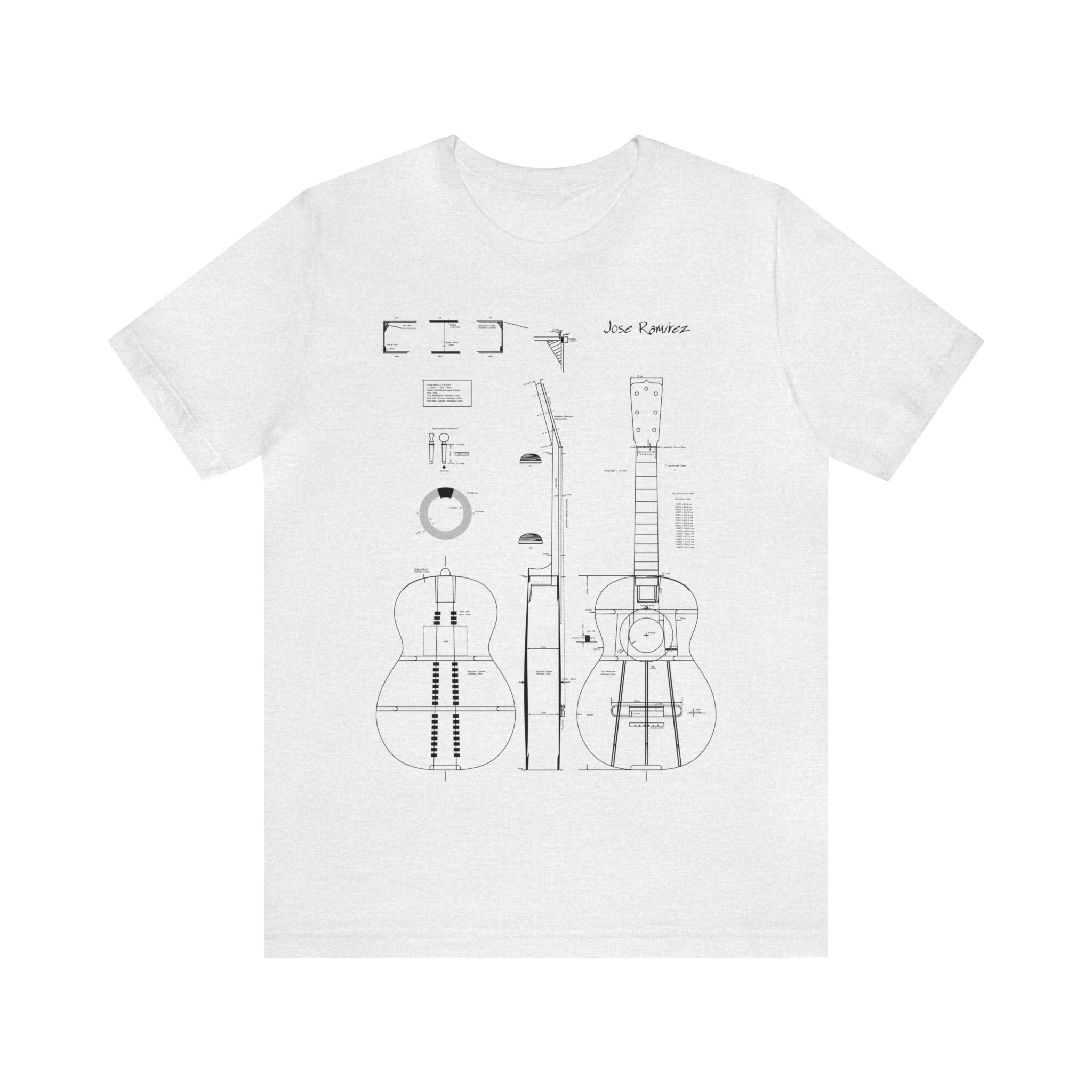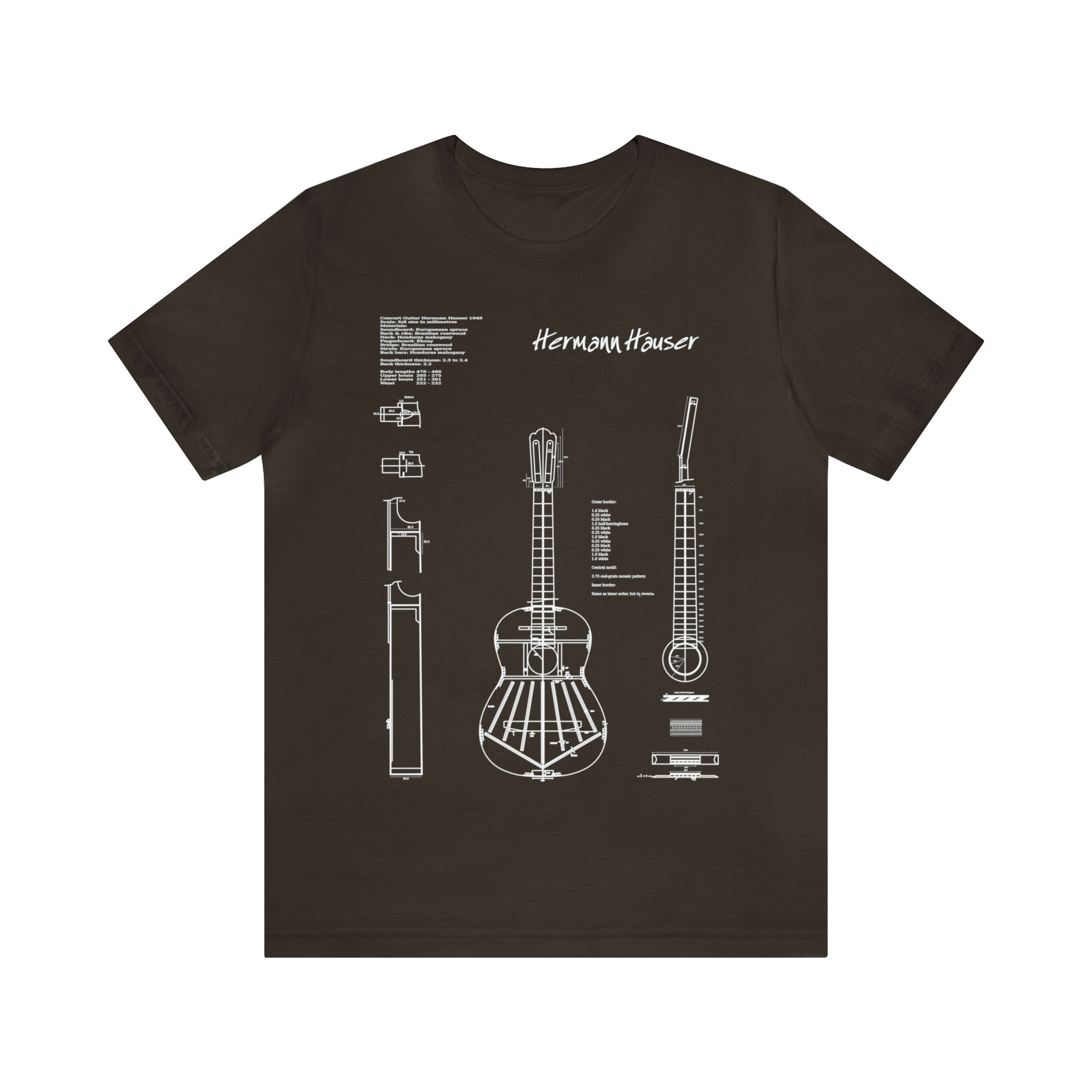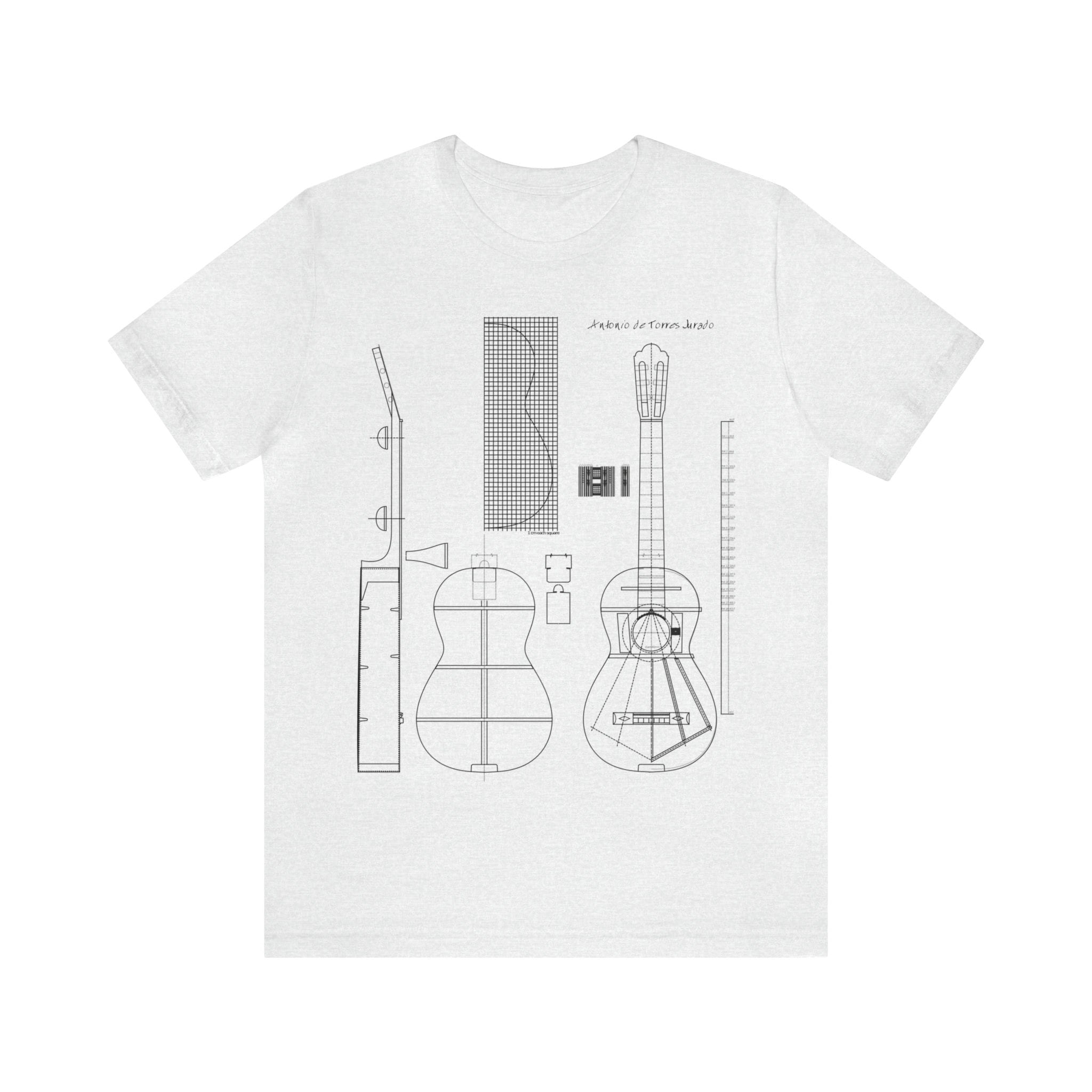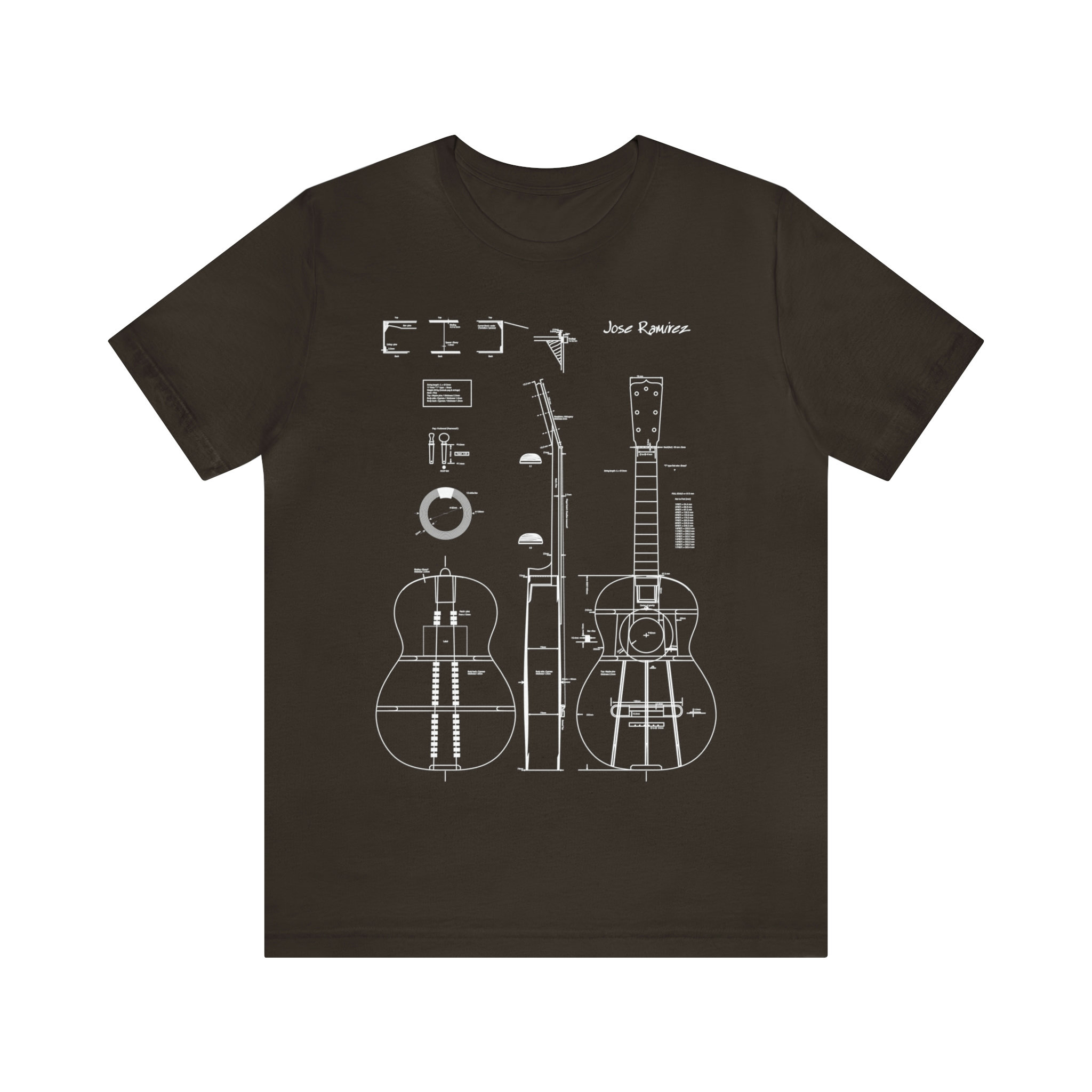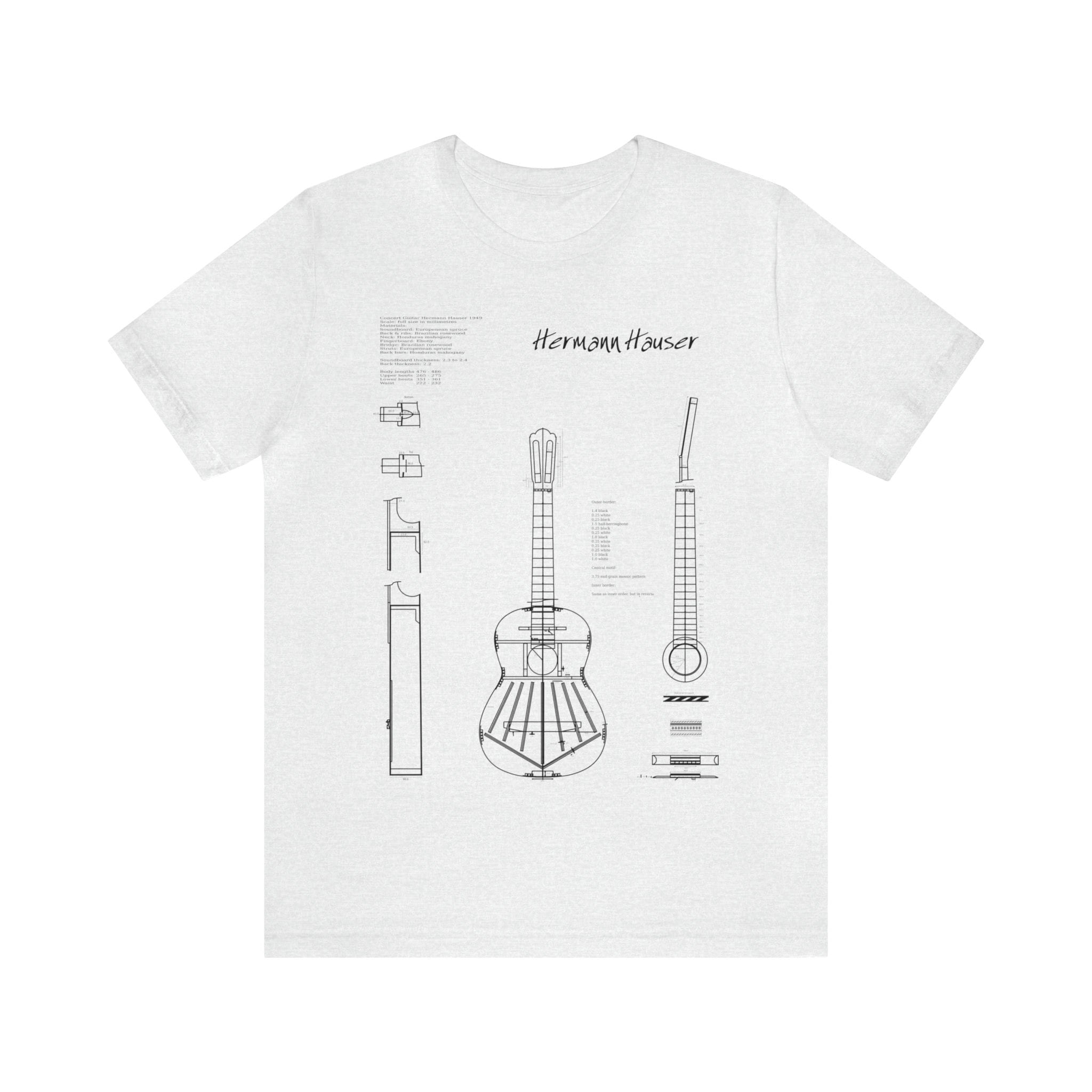It is important to warm up before physical or artistic activity for several reasons. Firstly, warming up helps to increase body temperature and prepare the body for exertion, which reduces the risk of injury. In addition, a good warm-up also helps to mentally prepare the artist for their activity and focus on the movements to be performed.
The keys to a good warm-up are progression, regularity, and quality of movement. It is important to start slowly and progressively, first engaging the larger parts of the body and finishing with the smaller parts. It is also important to repeat the same movements regularly, which helps to develop muscle memory and improve coordination.
Finally, a good warm-up should be adapted to the individual needs of each artist. Hypermobile individuals should avoid forcing their joints beyond their natural range of motion, while hypertonic individuals should promote muscle relaxation. If any pain arises during the warm-up, it is important to consult a specialist to avoid injury.
The fingers are controlled by two different types of muscles: extrinsic muscles and intrinsic muscles.
Extrinsic muscles are located in the forearm and are connected to the fingers by tendons. These muscles are responsible for the gross movements of the hand, such as flexion and extension of the fingers, as well as supination and pronation of the forearm.
Intrinsic muscles, on the other hand, are located within the hand and are responsible for more fine and precise movements of the fingers. These muscles are divided into three groups: lumbrical muscles, interosseous muscles, and tendinous sheath muscles. Lumbrical muscles are located between the flexor and extensor tendons of the fingers and allow for flexion of the proximal finger joints and extension of the distal finger joints. Interosseous muscles are located between the metacarpals and allow for the spreading and closing of the fingers. Tendinous sheath muscles are located within the tendon sheaths of the fingers and are responsible for flexion of the distal finger joints.
The thumb, on the other hand, is controlled by nine different muscles: the abductor pollicis muscle, the short abductor pollicis muscle, the opponens pollicis muscle, the short flexor pollicis muscle, the long flexor pollicis muscle, the short extensor pollicis muscle, the long extensor pollicis muscle, the adductor pollicis muscle, and the opponens digiti minimi muscle. These muscles allow for a wide variety of fine and precise movements of the thumb, such as flexion, extension, abduction, adduction, and opposition of the thumb.
Here’s a suggestion for a simple 8-15 minute warm-up session that can be done
Without an instrument:
- These warm-up exercises are simple yet effective in preparing your hands and arms before instrumental practice or manual work. Here’s a 10-minute warm-up routine that can be done without an instrument:
- Start with the pronation-supination exercise by dropping your hand onto your knee, 10 times with your palm facing down and 10 times with your palm facing up.
- Continue with the palm opening exercise by squeezing and releasing your hand on the round part of your knee, 10 times.
- To loosen the finger joints, place your hand with your palm up on your thigh or a cushion and gently flex and extend each joint of each finger. Repeat this exercise for each finger of your hand, adding pressure massage if necessary.
- Finally, for shoulder opening and finger stretching, lift your arm and rotate your forearm with your palm facing out while spreading your fingers. Hold the stretch for 4 seconds, then rest your arm for 8 seconds. Repeat this exercise 5 times.
These exercises can be adapted to individual needs, but it’s important to stay gentle and attentive to your body to avoid injury. It’s also recommended to take regular breaks when using your hands or arms for an extended period of time.
With an instrument:
- Position your fingers a, m, i on the strings. The thumb plays each string slowly and, in the process, it is good to emphasize the circular motion of the thumb column. Make sure it doesn’t pull the index finger along with it.
- Now, move your thumb away and maintain slight tension. Work on the free-stroke and the rest-stroke. In fact, the curl of the finger differs depending on the attack. When you free-stroke, you activate the phalanges in the order “2, 1, 3”, whereas the rest-stroke movement is initiated by the 1st phalanx.
- Finally, combine the thumb and fingers in slow arpeggios. Make sure to feel the particular relationship between the thumb and each finger.
- During exercises with the instrument, lift the arm from the soundboard from time to time to check that it is not pressing too hard (the muscle should maintain its volume). Your body is now secure. Let the music begin!
In conclusion, warming up before physical or artistic activity is crucial to prepare the body and mind for exertion and reduce the risk of injury. The keys to a good warm-up are progression, regularity, and quality of movement, and it’s important to adapt the warm-up to individual needs. Understanding the muscles involved in finger and thumb movement can also help in developing effective warm-up routines. By incorporating simple exercises and taking regular breaks, individuals can help maintain their hand and arm health, whether they are playing a musical instrument or engaging in manual work. With proper warm-up techniques, individuals can be more efficient and effective in their activity, leading to a better overall experience.
Classical Guitar


